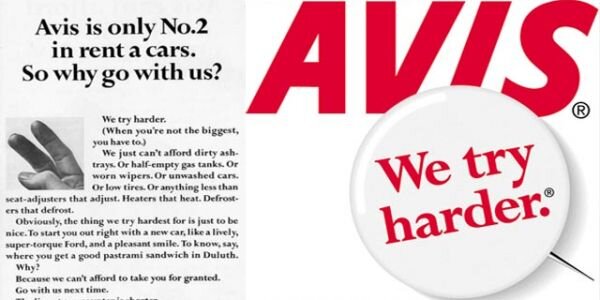Potential ad agencies don’t want to be ghosted anymore than your Tinder date does.
It’s an ad agency story as old as time. An RFP comes in. You have a meeting, perhaps even a second meeting. The chemistry between the ad agency and the potential client is palpable. You give them all sorts of free advice on how to improve their marketing strategy. Then they ask you to work up a detailed proposal for how the two of you would work together. The ad agency spends time and resources pulling relevant case studies and calculating a budget. You send it off for consideration and never hear from the company again.
Is it really too much to send an email back that says, “Thanks, but we’ve decided to go with another firm?” Why is ghosting commonplace and acceptable? We’re better than that, aren’t we? If you think, “Heck yeah, we’re better than that, tell us, how to be part of the solution and foster a culture of respect and accountability in RFP interaction” this San Francisco ad agency will give you a few tips to consider. Feel free to leave additional tips in the comments section. We’d love to hear from the client-side folks as well. What bugs you about the RFP process?
Provide a Ballpark Budget: Companies are often cagey about how much money they have to spend. When you give the ad agencies a budget it’s not like giving them a blank check to spend your money. That’s not how it works. If you’re going to partner with an ad agency, you can’t come to them from a place of distrust. The ad agency needs the budget to figure out how much money to allocate to creative, media, and strategy. If the spend is too low, the ad agency might bow out simply because their overhead is too high to make your project profitable. Or they may see your budget being so wildly off from your goals that there’s no way to succeed. Either way, at least give a budget range. It’ll help you as much as it helps the perspective ad agencies.
Lead with Transparency: Set clear expectations from the outset. Communicate the company's intentions regarding the RFP process, including the possibility of not selecting any agency at all. Remember, you’re asking people to work for free. If there’s a chance that no one will get the business, that needs to be communicated. Transparency builds trust and allows agencies to make informed decisions about allocating resources.
Identify the Decision-Makers: When the people making the decision are involved early, they get a better idea of whom they’re hiring. If someone asks you to “go find some agencies” let the agencies know this is a preliminary phase and that you are not the decision maker. This is part of the transparency thing from above and it helps the ad agencies know what might be involved. And if the decision-makers will remain out of the process until the end, let the ad agencies know that, as well. Many, including Division of Labor, will not participate in an RFP without being able to communicate with those making the decisions.
Acknowledge Efforts: Take a moment to acknowledge receipt of the ad agencies' proposals. A simple thank-you email goes a long way in recognizing the ad agency's time and effort. It demonstrates empathy and appreciation for their hard work. One time, we had a supplement brand invite us to a pitch. We liked them a lot and put in a ton of effort, but they ultimately went with an ad agency that had worked in the supplement space previously. But they took the time to give us feedback, and sent us a gift basket to thank us for the hard work. Now, we were still quite bummed to have lost, but the cookies were darn good and it was the nicest rejection we’ve ever had.
Close the Loop: Once a decision has been reached, promptly inform all participating agencies of the outcome. Whether positive or negative, closure is essential for maintaining professionalism and fostering trust. And always, always, always over specific feedback as to why you chose the ad agency you chose. Was their work better? Did you bond with the team more? Was it a budget decision? (Please be honest.) And if someone did something or said something that was a deal breaker, let them know. The honesty is always appreciated and helps the ad agency do better the next time.
Explore Alternatives: Consider alternative approaches to the traditional RFP process, such as paid pitches or collaborative workshops. Give each agency a small budget and a small assignment and see who you like working with best. That always works better than a bunch of questions that are probably answered all about the same anyway.
That’s it. It’s not a tall order. Just some simple steps to help clients and ad agencies get together more efficiently.
PHOTO CREDIT: Photo by cottonbro studio: https://www.pexels.com/photo/ghosts-outdoors-5435304/
########
The Small Agency Blog is produced by Division of Labor; a top San Francisco ad agency and digital marketing firm that’s been named Small Agency of the Year twice by Ad Age. The award-winning creative shop services clients on a retainer or project basis. They also offer brand consulting services and hourly engagements for startups and smaller brands. Click here for a free consultation.






